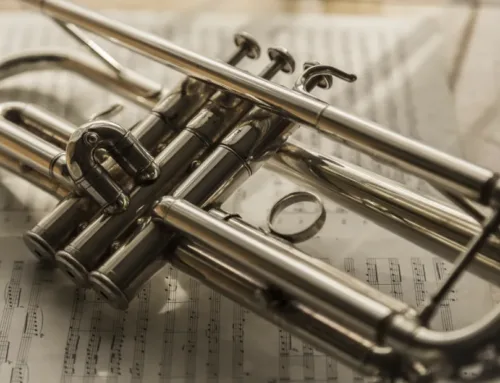As a cellist, you understand the crucial role that proper bow tension plays in producing the desired sound and achieving your best performance. A cello bow with loose hair can lead to inconsistent sound, difficulty controlling the bow, and even damage to the bow itself. In this comprehensive guide, we will walk you through the process of tightening your cello bow step-by-step, discuss common issues related to loose bow hair, and provide detailed maintenance tips to keep your bow in top condition.
Step-by-Step Instructions for Tightening a Cello Bow

Preparing Your Bow
Before tightening your bow, it is essential to prepare it properly. Start by loosening the tension screw, located at the end of the bow near the frog. Turn the screw counterclockwise until the hair becomes slack, allowing you to work with the bow more easily and prevent damage during the tightening process.
Adjusting the Tension
With your bow prepared, it is time to adjust the tension. Hold the bow with your non-dominant hand, gripping the stick near the frog. Using your dominant hand, slowly turn the tension screw clockwise. As you turn the screw, the hair will become tighter. Continue turning until you reach the ideal tension – tight enough to maintain the bow's shape but not so tight that the stick bends or the hair risks breaking.
The ideal bow tension depends on factors such as humidity, temperature, and personal preference. In general, the hair should be taut but still have some give when pressed against the strings. If the hair is too tight, it can cause excessive pressure on the strings and affect the sound quality. On the other hand, if the hair is too loose, it will not grip the strings properly, resulting in a weak and inconsistent sound.

Testing and Fine-tuning
After adjusting the tension, test the bow to ensure it is at the optimal tightness. Hold the bow vertically with the hair facing you and gently pluck the hair. It should have a slight bounce and resonate with a clear tone. If the hair is too loose, it will sound muted and feel unresponsive. If it is too tight, the bow stick may bend excessively, and the hair could break.
Fine-tune the tension by making small adjustments with the tension screw until you achieve the perfect balance.
Common Issues Related to Loose Bow Hair
Loose bow hair can cause several problems for cellists, including:
- Inconsistent sound: When the hair is too loose, it cannot grab the strings effectively, resulting in a weak, inconsistent sound.
- Difficulty controlling the bow: Loose hair makes it harder to maintain proper bow control, affecting your ability to execute techniques like legato, staccato, and spiccato.
- Increased risk of bow damage: A loose bow can cause the stick to warp or even break, especially if the hair is tightened excessively to compensate for the slackness.
Maintenance Tips for Cello Bows
To keep your cello bow in optimal condition and prevent issues like loose hair, follow these detailed maintenance tips:
- Loosen the bow hair after each playing session to prevent the stick from warping and the hair from stretching. This simple step can significantly extend the life of your bow.
- Store your bow in a case when not in use to protect it from humidity, temperature fluctuations, and accidental damage. Ensure the case is properly closed and latched to keep the bow secure.
- Regularly clean the bow stick and frog with a soft, dry cloth to remove rosin dust and debris. Pay extra attention to the area where the hair meets the frog, as rosin buildup can cause the hair to slip or become loose over time.
- Have your bow rehaired by a professional every 6-12 months, or whenever the hair becomes excessively worn or stretched. A professional luthier can ensure the hair is evenly distributed and properly tensioned for optimal performance.
- Avoid exposing your bow to extreme temperatures or humidity, as these conditions can cause the wood to warp or the hair to stretch. If you live in an area with high humidity, consider using a dehumidifier in your practice space to maintain a stable environment for your bow.
Conclusion

Maintaining proper bow tension is essential for every cellist who wants to produce the best possible sound and performance. By following the step-by-step instructions outlined in this guide, you can easily tighten your cello bow and keep it in top condition. Remember to address common issues related to loose bow hair promptly and follow regular maintenance tips to extend the life of your bow.
For more information on cello bow maintenance and technique, check out these helpful video resources:
For free learning to play the cello, Sign up here with more learning to play videos here.
Reveal Your Cello’s True Beauty: A Step-by-Step Cleaning Guide and Cello Selection Guide
Getting Your Cello Ready To Play
Getting Your Cello Ready To Put Away








Leave A Comment
You must be logged in to post a comment.